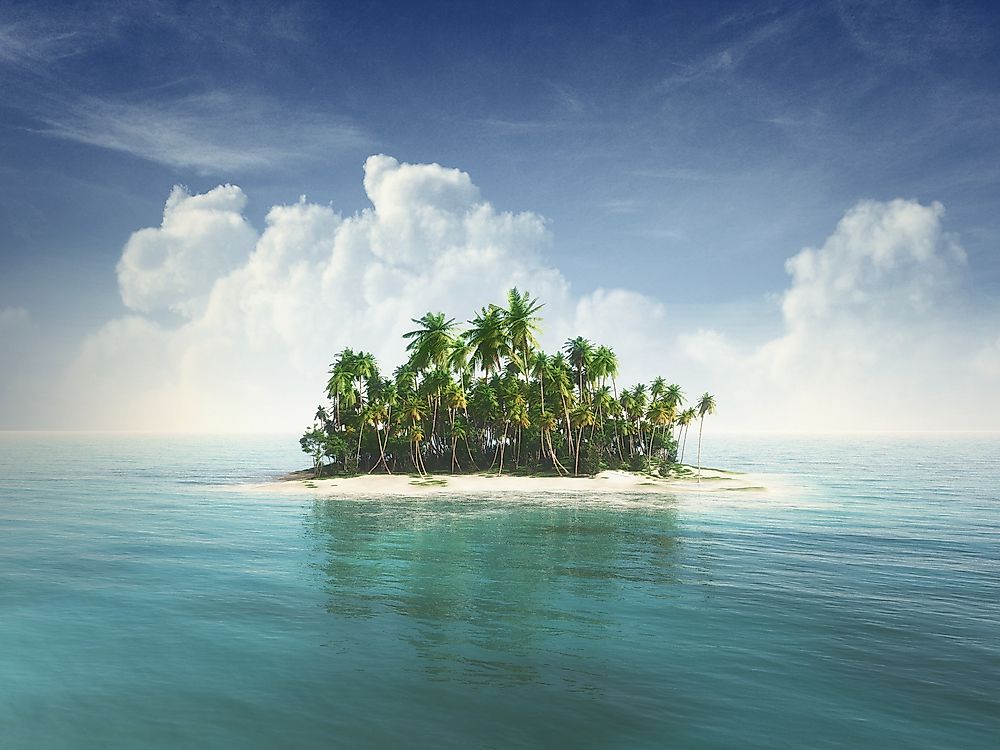What Were The Possible Origins Of Phantom Islands?

Phantom Islands are islands that once claimed to exist before their existence was later discredited and removed from maps. Many of these islands were featured on early maps for many years, but technological advancements which aided in better ocean cartography would lead to the islands being mysteriously omitted in later editions of maps. The existence of phantom islands might have been due to cartographic errors or pure fabrication from navigators. Some islands might have existed but were later destroyed by natural forces.
Case Of Mistaken Identity
Some phantom islands were a case of mistaken identity of actual islands caused by navigation and cartographic errors. Early explorers had limited technological tools to assist them in identifying coordinates and therefore there were instances where these navigators would erroneously claim the existence of islands which would turn out to be phantom islands. A good example of such islands is "Pepys Island" which was a common feature in 17th-century world maps. William Coley first claimed of the existence of Pepys Island on unchartered waters of the South Atlantic in 1683 but navigators of the 19th century disregarded William’s claim, stating that Pepys Island was the Falkland Islands. The Island of California was for many centuries thought to be a large island on the western US and appeared in maps between the 17th and 18th centuries. Some navigators even mistook icebergs for islands, especially in the Polar Regions. Emerald Island was one such phantom island which was an iceberg, mistaken to be an island. In the 16th century, Portuguese explorers even mistook the entire country of Brazil to be an island which they named as Ilha de Vera Cruz. The New South Greenland Island was one phantom island which is believed to have been an optical illusion as a superior mirage.
Mythical Islands
Early explorers and navigators sometimes made up the existence of islands, inspired by local legends and myths. Several phantom islands have their origins as fabrications of early navigators. The Phelipeaux and Pontchartrain Isles in Lake Superior which featured on many early maps were phantom islands whose existence was fabricated by explorers seeking the patronage and financial support from Louis Phelypeux, a rich government minister renowned for his generous support of voyages. The most popular example of such phantom islands, is Atlantis, an island whose existence was claimed by navigators for many centuries since being described by the Greek philosopher, Plato. Athanasius Kircher even depicted Atlantis in his 17th-century map. Antillia is another mythical phantom island which early explorers claimed to exist in the Atlantic Ocean, but in reality, the island was purely fictional. The Isle of Demons was another case of a phantom island based on myth. 16th-century navigators believed the Isle of Demons existed in the northern Atlantic Ocean and was said to be inhabited by wild beasts and demons which would attack any visiting ships.
Destroyed Islands
Some phantom islands were real but were subsequently destroyed by forces of nature such as volcanic activity, submarine earthquakes, and landslides or tectonic movements. Few such islands are also believed to have existed on sandbanks which were later submerged by rising sea levels. In 1825 George Norris, a ship captain reported the existence of an island between South Africa and Antarctica known as Thompson Island. However, other subsequent surveys conducted in the area did not locate such an island, which is believed to have been destroyed by a large volcanic eruption in the late 19th century. Another example is Bermeja, an island which was discovered by Spanish explorers in the 16th century but later disappeared. Bermeja is believed to have been submerged into the ocean due to tectonic movements.











